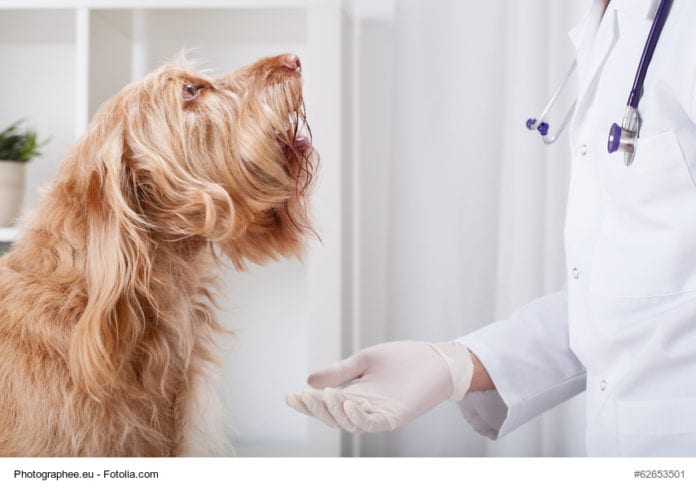Several research teams are examining the potential benefits of bringing specially trained animals into clinical settings. These animal-assisted therapies are increasingly offered in hospitals and nursing homes nationwide. Although there is little solid scientific evidence confirming the value of this type of therapy, clinicians who watch patients interacting with animals say they can clearly see benefits, including improved mood and reduced anxiety.
“You can see the difference it makes in so many of these patients when the dog is at their bedside,” says Berger, who works to relieve pain in patients with life-threatening illnesses at the NIH Clinical Center. “Our patients are often here for a long period of time. I think the dogs add a bit of normalcy to a very difficult situation. The dog will sit calmly, and the patients don’t have to talk to anyone. They can just pet. I think this helps with some of the suffering.”
People and animals have a long history of living together and bonding. Perhaps the oldest evidence of this special relationship was discovered a few years ago in Israel—a 12,000-year-old human skeleton buried with its hand resting on the skeleton of a 6-month-old wolf pup. “The bond between animals and humans is part of our evolution, and it’s very powerful,” says Dr. Ann Berger, a physician and researcher at the NIH Clinical Center in Bethesda, Maryland.
Today animal companions are more popular than ever. The pet population nationwide has been growing dramatically for nearly a half century, from about 40 million pet cats and dogs in 1967 to more than 160 million in 2006. About two-thirds of U.S. households now own at least one pet.
“When you see how long we’ve had pets in our lives, and how important they are to us today, I think it’s amazing that the study of human-animal interactions is still so new,” says Dr. Sandra Barker, director of the Center for Human-Animal Interaction at Virginia Commonwealth University. “Researchers have only recently begun to explore this wonderful relationship and what its health benefits might be.”


